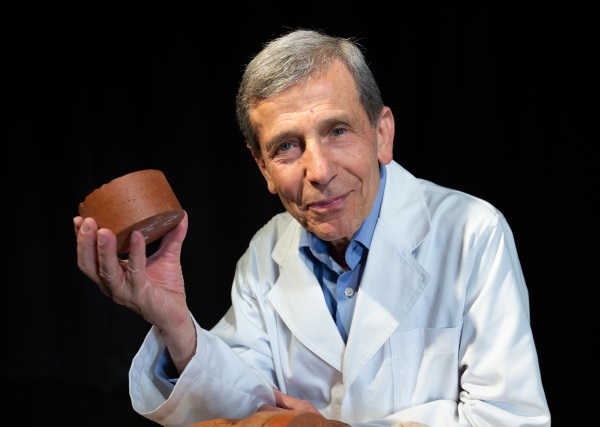We’ll all be shi- er, producing bricks in a more sustainable manner with biosolids if an Australian environmental research team has their way.
Waste Not Want Not
Need more fiber in your diet? A team of environmental researchers from RMIT University in Melbourne, Australia, is more concerned with what comes OUT of your diet, and that’s a good thing! In a nutshell, the researchers have come up with a way to make building bricks from sewage… processed sewage solids, or “biosolids”, to be exact. Extensive testing has proved that incorporating a significant portion of biosolids into fired-clay bricks could sustainably solve a number of issues affecting both the wastewater treatment and brick-making industries.
No Smell, No Tell
Biosolids (by-products of the wastewater treatment process) are already being used as agricultural fertilizer and in land rehabilitation so adapting the material as a construction material isn’t that far of a stretch. Current uses for biosolids fall far short of the available (and growing) supply, however. At present, roughly 30% of the world’s biosolids are either stockpiled or sent to landfills. These practices “waste” valuable land and incomplete processing leads to emissions of greenhouse gases.
Built Like a Brick Outhouse
The RMIT University researchers have published their results in the January 2019 issue of the journal Buildings. They’ve found that the production process of adding biosolids to clay bricks required only about half the energy needed to produce bricks conventionally. As well as being cheaper and more energy-efficient to produce, the biosolid-infused bricks were found to possess lower thermal conductivity. This means they’re better insulators that transfer less heat, potentially imparting higher environmental performance to buildings made with them.
Wanna dine deliciously AND sustainably? Check out WeFood Fights Waste By Selling Expired Food!
